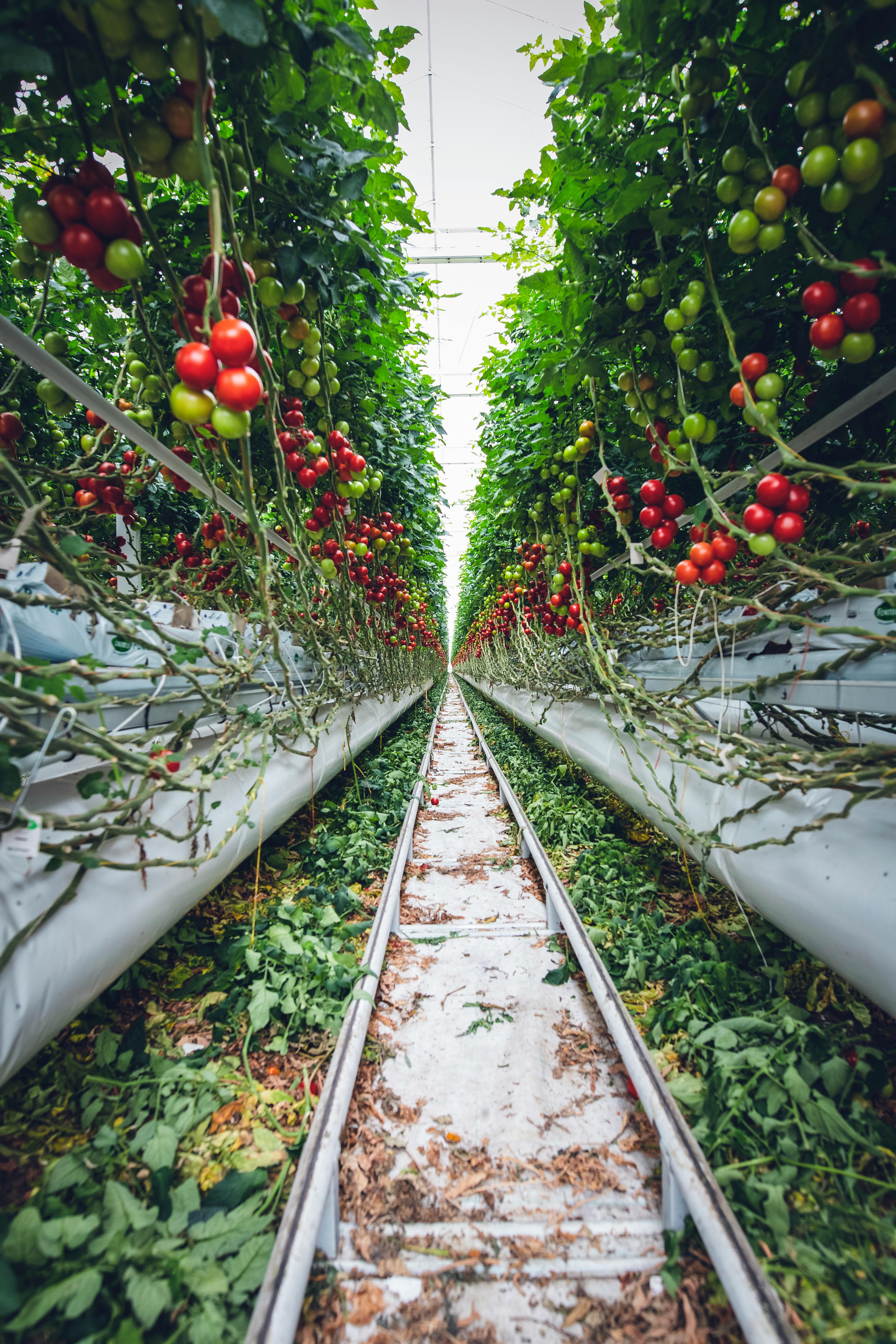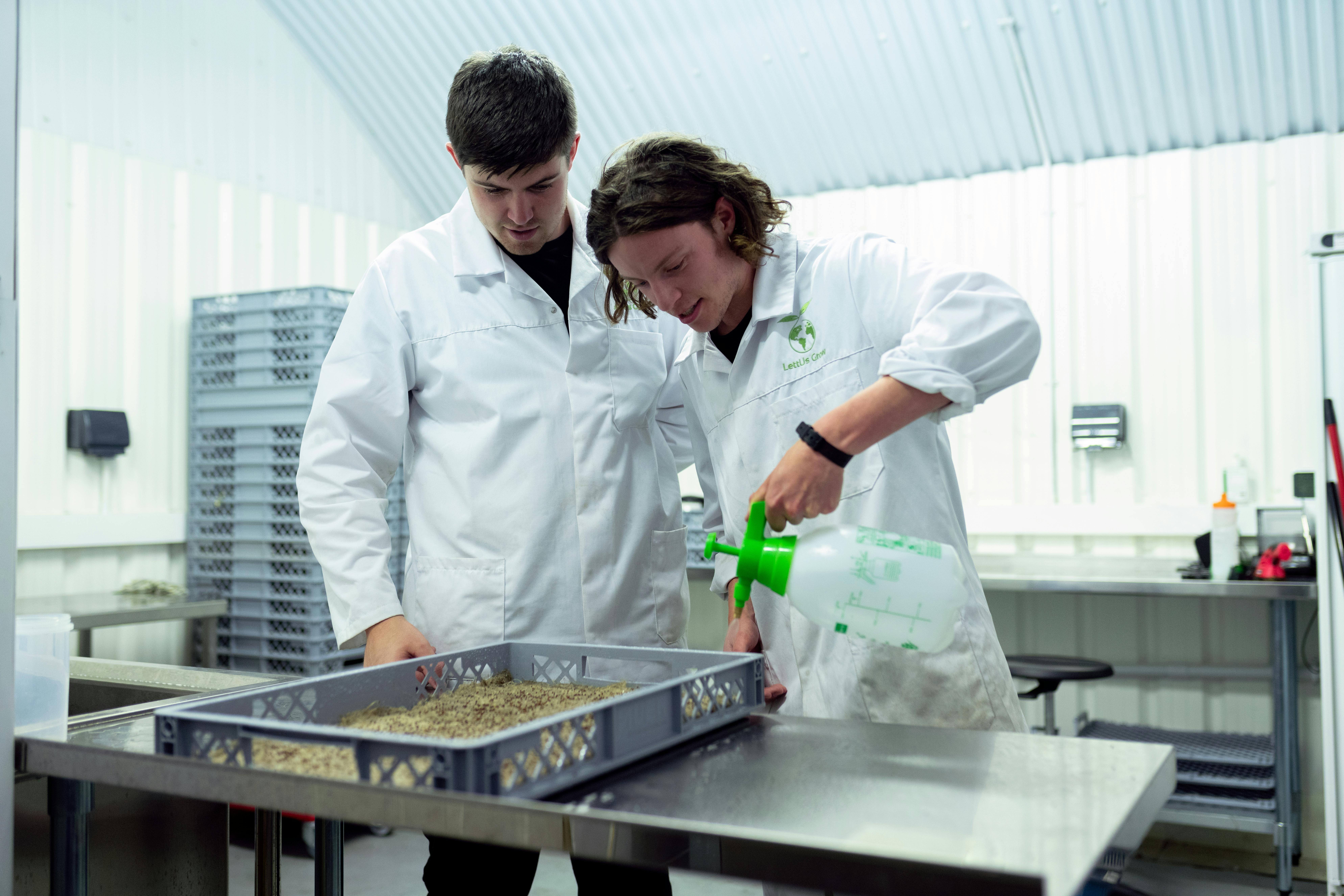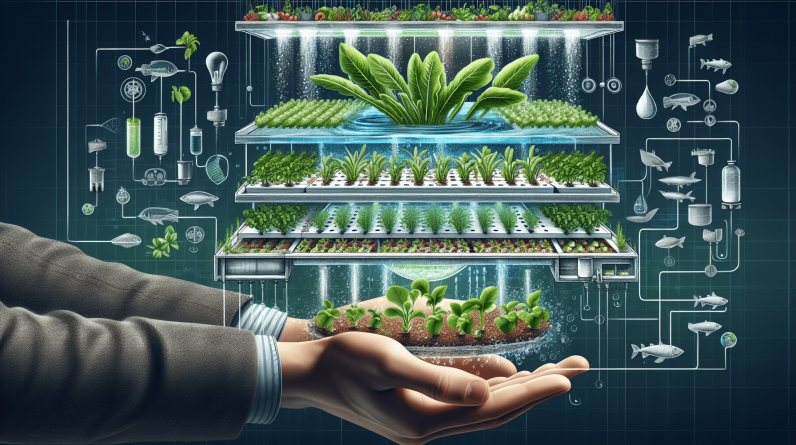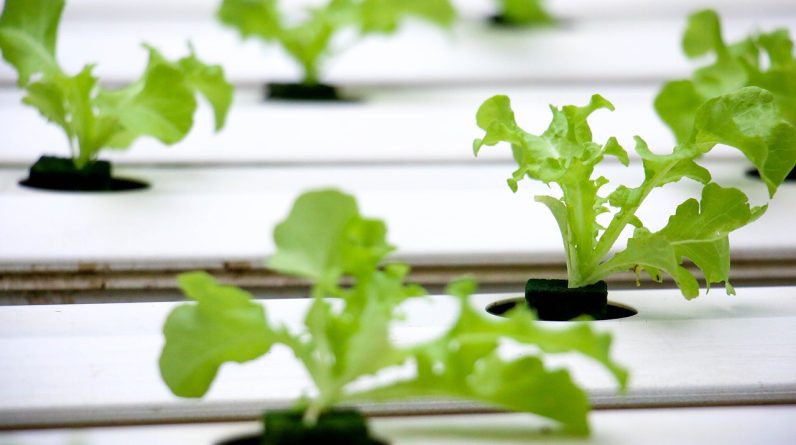
How to Clone Plants in a Hydroponic System
Interested in propagating your favorite plants in a hydroponic system? Cloning plants in a hydroponic setup offers numerous advantages, allowing you to grow healthy and robust plants quickly and efficiently. In this article, you will learn the step-by-step process of cloning plants in a hydroponic system, from selecting the right mother plant to nurturing your newly propagated cuttings. Let’s get started!

Understanding Plant Cloning in Hydroponics
Plant cloning involves creating genetically identical copies, or clones, of a plant by propagating stem cuttings from a healthy mother plant. In a hydroponic system, this process is particularly beneficial as it eliminates the need for soil, providing a clean and controlled environment for the clones to develop roots and grow. By mastering the art of plant cloning in hydroponics, you can expand your garden with precision and efficiency.
Selecting the Right Mother Plant
Choosing a healthy and robust mother plant is the first crucial step in successful plant cloning. Look for a plant that exhibits vigorous growth, vibrant foliage, and no signs of disease or pest infestation. Additionally, select a plant that embodies the characteristics you wish to replicate in your clones, such as high yields, pest resistance, or desirable flavors. Remember, the quality of your clones depends on the health and vitality of the mother plant.
Gathering Supplies for Plant Cloning
Before you begin the cloning process, ensure you have all the necessary supplies on hand. Here is a basic list of supplies you will need for cloning plants in a hydroponic system:
- Sharp scissors or a sterile blade: for taking cuttings from the mother plant
- Rooting hormone: to promote root development in the cuttings
- Rockwool cubes or rooting plugs: to provide a medium for the cuttings to grow roots
- Hydroponic system: such as an aeroponic cloner or deep water culture (DWC) system
- Cloning gel or powder: to protect the cuttings from dehydration and promote root growth
- pH-adjusted water: for maintaining optimal nutrient uptake and root development
Once you have gathered all your supplies, you are ready to begin the cloning process.
Taking Cuttings from the Mother Plant
To clone a plant successfully, you will need to take healthy cuttings, also known as clones or clippings, from the branches of the mother plant. Here’s how you can do it:
- Select a branch: Choose a branch with new, healthy growth as your cutting.
- Prepare the tool: Use a sharp pair of scissors or a sterile blade to cut the stem at a 45-degree angle just below a node.
- Remove excess foliage: Trim any excess leaves from the cutting to reduce moisture loss and focus the plant’s energy on root development.
- Apply rooting hormone: Dip the cut end of the stem into rooting hormone to encourage root growth.
- Insert the cutting into the growing medium: Place the cutting into a prepared rockwool cube or rooting plug, ensuring the node is buried in the medium.
By following these steps, you can create healthy cuttings ready for root development in your hydroponic system.

Rooting Cuttings in a Hydroponic System
After preparing your cuttings, it’s time to root them in your hydroponic system. Here’s a step-by-step guide to rooting cuttings in a hydroponic setup:
- Prepare the hydroponic system: Fill your hydroponic cloner or DWC system with pH-adjusted water and ensure it is set up correctly.
- Place the cuttings: Insert the prepared cuttings into the designated slots or compartments in the system.
- Maintain environmental conditions: Keep the humidity levels high, maintain adequate lighting, and ensure proper aeration for optimal root development.
- Monitor root growth: Check the cuttings regularly for signs of root development, such as white, fuzzy roots emerging from the stem.
- Transplant the rooted cuttings: Once the cuttings have developed healthy roots, transplant them into your desired hydroponic grow medium to continue their growth cycle.
By following these steps and providing a conducive environment for root development, you can successfully clone plants in a hydroponic system.
Caring for Clones in a Hydroponic System
Once your cuttings have developed roots and started to grow, it’s essential to provide them with the necessary care to ensure their continued health and growth. Here are some tips for caring for clones in a hydroponic system:
- Maintain optimal nutrient levels: Monitor and adjust the nutrient solution in your hydroponic system to meet the specific needs of your clones.
- Ensure proper lighting: Provide adequate light exposure to promote photosynthesis and healthy growth.
- Monitor water levels: Check the water levels in your hydroponic system regularly to prevent dehydration and ensure optimal nutrient uptake.
- Prune and train the plants: As your clones grow, prune and train them to encourage bushier growth and higher yields.
- Prevent pests and diseases: Keep a close eye on your plants for any signs of pests or diseases, and take appropriate measures to prevent infestations.
By providing attentive care and addressing the unique needs of your clones, you can cultivate healthy and productive plants in your hydroponic system.

Transplanting Clones into the Main Hydroponic System
Once your clones have established healthy roots and started to grow, you can transplant them into your main hydroponic system for further development. Here’s how you can transplant your clones successfully:
- Prepare the main hydroponic system: Ensure your main hydroponic system is set up and operating correctly, with the appropriate nutrient solution and environmental conditions.
- Remove the rooted clones: Gently remove the rooted clones from the cloning system, taking care not to damage the delicate roots.
- Transplant the clones: Place the clones into their designated spots in the main hydroponic system, ensuring the roots are secure and covered with the growing medium.
- Monitor the plants: Keep a close eye on the transplanted clones for any signs of stress or nutrient deficiencies, and adjust the growing conditions as needed.
- Continue to nurture the plants: Provide ongoing care and maintenance to your transplanted clones, including monitoring nutrient levels, lighting, and growth patterns.
By following these steps and ensuring a smooth transition for your clones into the main hydroponic system, you can support their continued growth and development.
Troubleshooting Common Issues in Plant Cloning
While plant cloning in a hydroponic system offers many benefits, it may also come with its share of challenges. Here are some common issues you may encounter during the cloning process and how to troubleshoot them:
- Slow root development: If your cuttings are taking longer than usual to develop roots, check the environmental conditions in your hydroponic system, such as humidity levels, temperature, and lighting.
- Yellowing leaves: Yellowing leaves may indicate nutrient deficiencies or overwatering. Adjust the nutrient solution and water levels accordingly to resolve this issue.
- Mold or fungal growth: Excessive moisture and poor ventilation can lead to mold or fungal growth on your cuttings. Increase airflow and reduce humidity to prevent this issue.
- Wilting or drooping: Wilting or drooping cuttings may be a sign of underwatering or nutrient imbalances. Ensure your cuttings receive adequate water and nutrients to recover.
By identifying and addressing these common issues promptly, you can maximize the success of your plant cloning efforts in a hydroponic system.

Conclusion
Plant cloning in a hydroponic system is a rewarding and efficient way to expand your garden with healthy and genetically identical plants. By following the step-by-step process outlined in this article and providing attentive care to your clones, you can cultivate thriving plants with ease. Whether you are a seasoned hydroponic gardener or new to plant cloning, mastering this technique will help you achieve impressive results and enjoy a bountiful harvest year-round. Happy cloning!
Related Content
- The Ultimate 2025 Guide to Hydroponic Growing Towers: 10 Effective Strategies to Boost Your Harvest
- Benefits of Hydroponic Growing Systems
- Refresh Your Menu with Hydroponic Vegetables
- Simplifying Nutrient Solutions for Hydroponic Systems
- The Ultimate Guide to Hydroponic Farming at Home: 7 Effective Tips for 2025










